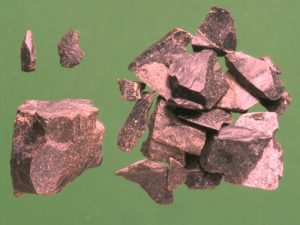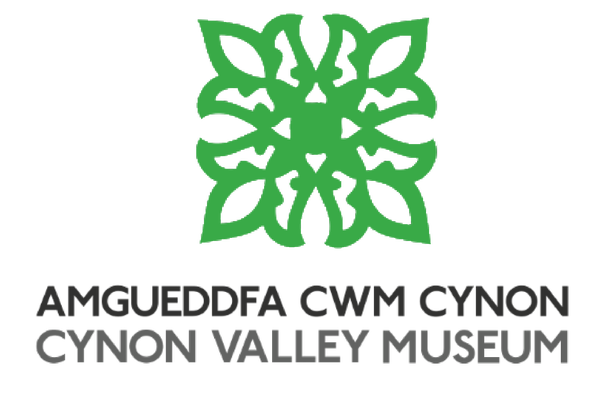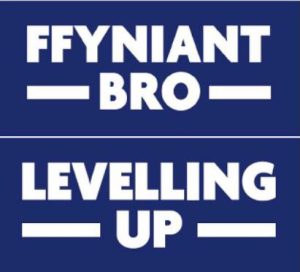The Cynon Valley in Prehistory
The prehistory of the Cynon Valley remains a distant image, its past obscured. Through archaeological investigations, we have begun to learn more about the valley’s prehistoric past. This series of archaeology articles will take a look at our valley’s distant past, looking at material held in the Cynon Valley Museum and by National Museum Wales, who recently shared a series of tweets showcasing the archaeology of the Cynon Valley.
The Mesolithic
Ten thousand years ago the Cynon Valley would have looked very different from how it looks today, dominated by a mixture of pine woodland and treeless landscapes. As Britain emerged from the last Ice Age the climate was growing warmer. The valley over this period of time would have become heavily forested. It was becoming a landscape of deciduous trees such as oak, birch, elm, lime and hazel. Species like red deer, roe deer and wild pigs roamed across this forested landscape, with people few and far between. Throughout this time, although few in number, people adapted to this changing landscape.
The Cynon Valley sits in an area of important Mesolithic archaeology which focuses on the Rhondda Uplands. The area contains a significant number of flint tool assemblages suggesting people were regularly visiting the area. One of the most notable sites being Craig Y Llyn which retains evidence of both tools for hunting and for the processing of successful hunts.
Cefn Rhos Gwair
In the Cynon Valley we see evidence of people at Cefn Rhos Gwair; a small collection of late Mesolithic flints thought to date from 7500-4000BC were found by a forester whilst planting trees on the hillside. These flint pieces were thought to have been left behind from the manufacturing of a flint spear. You can find out more about this discovery and more by discoveries made by the same forester here.

A group of later mesolithic flints found at Cefn Rhos Gwair. Dated 7500 – 4000BC. By permission of Amgueddfa Cymru – National Museum Wales
In this small collection of flints from Cefn Rhos Gwair there remains the core of the flint which the spear would have been knapped from, material removed as the spear was manufactured and a single small piece of flint known as a microlith. This small microlith along with a number of other microliths would have formed one spear. This was a typical feature of Mesolithic stone tools, with stone tools reducing in size and frequently being combined to form tools such as spears and harpoons.
People living in the Mesolithic would have relied on the natural resources around them. Farming had not reached Wales and the only known domestic animal at the time was the dog. People’s lives would have varied greatly and a hunter and gather lifestyle varied season to season and region to region. Some people may have lived in small, highly mobile groups, whilst others, where resources allowed, would have lived in semi-permanent sites. Currently, there is little evidence in the Cynon Valley for settlement during this period. Yet sites such as Cefn Rhos Gwair show that people were here and would have spent time here as they moved through the valley.
As 4000BC approached, mainland Europe was changing. A new way of life was emerging and becoming dominant – farming had arrived. Sooner or later it would make the jump across from mainland Europe to here and life would never be the same again…
Further Reading
Amgueddfa Cymru National Museum Wales, The Flint Finder of Wales
Glamorgan Gwent Archaeological Trust, The Rhondda Main,
Lillie M, Hunters, Fishers and Foragers in Wales, Oxbow Books, Oxford




